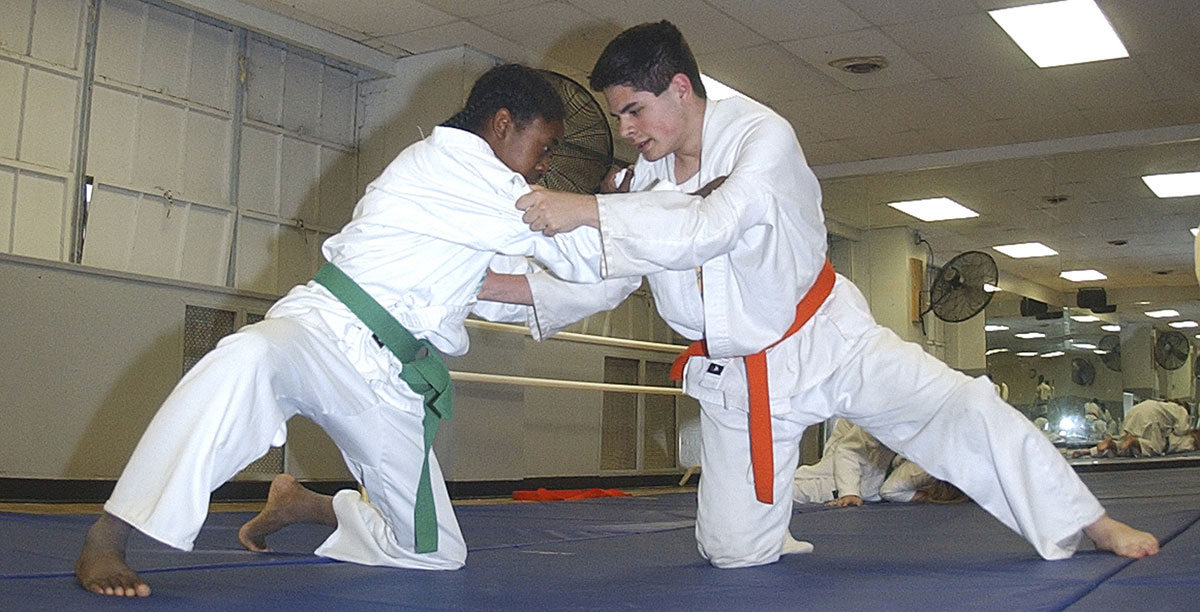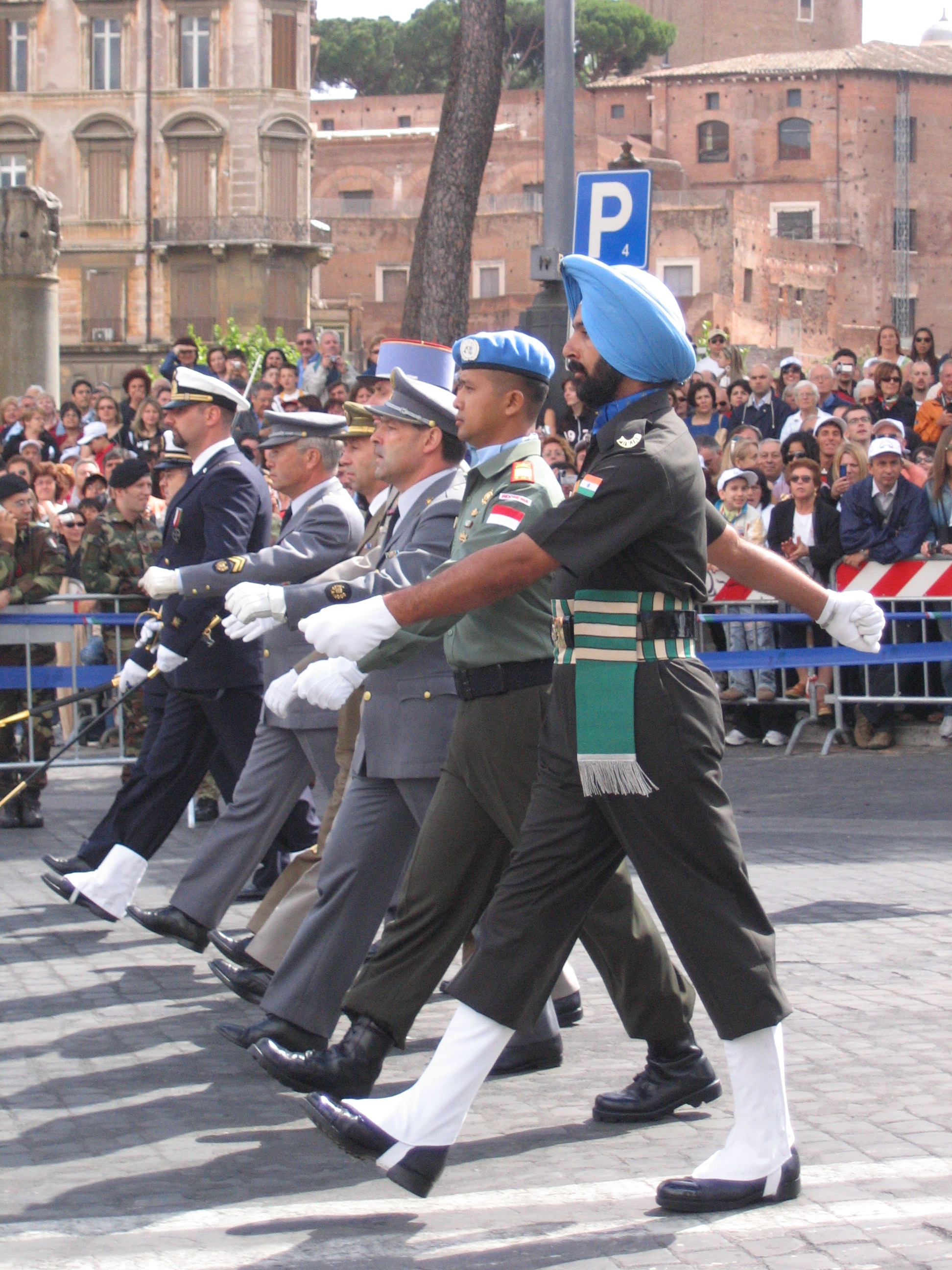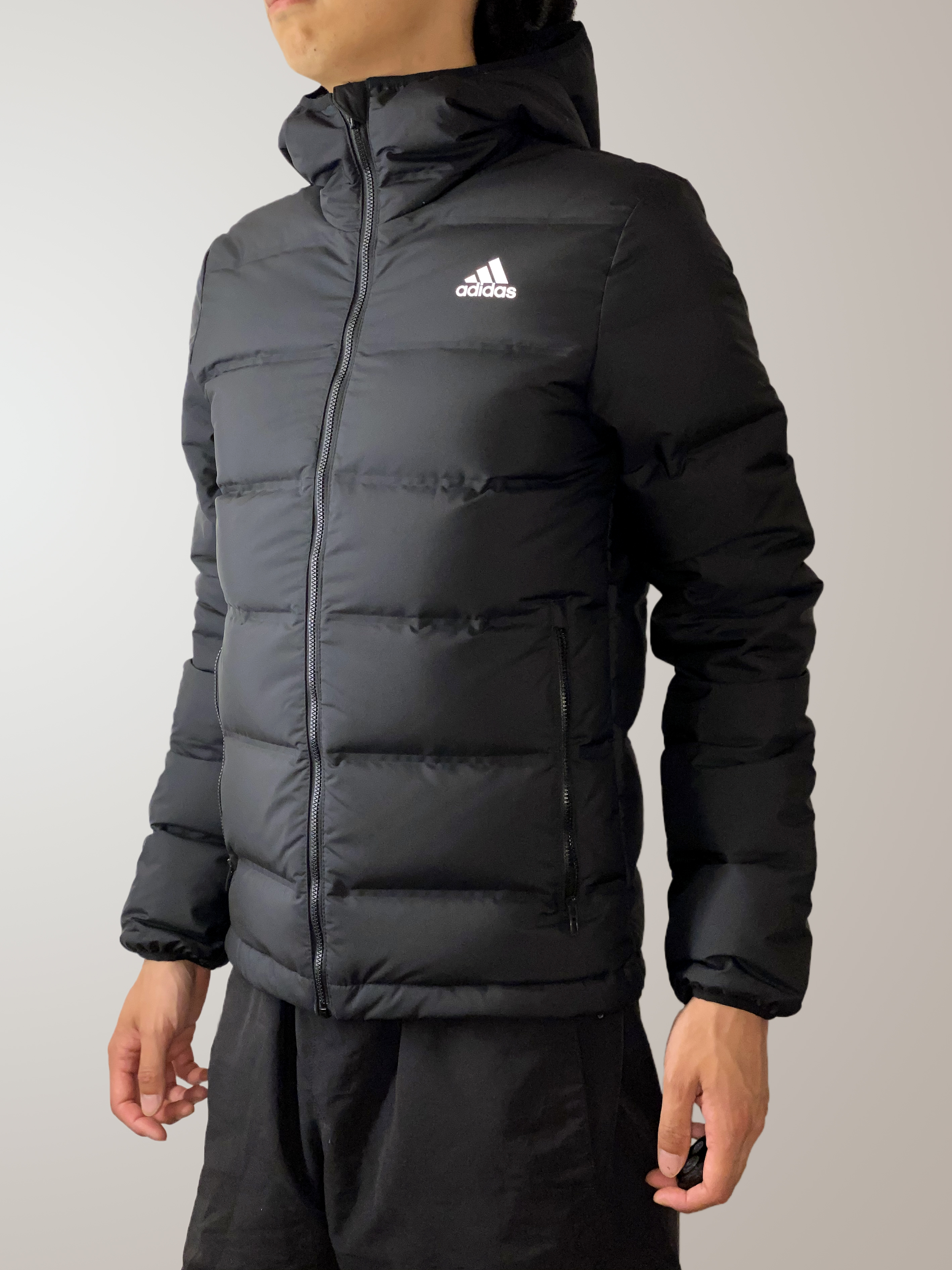|
Kurtka
A kurtka () is the generic word for a jacket in a number of European languages, most notably in Polish and Russian. Etymology The word itself is a Slavic diminutive of the original Hungarian word ''kurta'', which in turn was derived of the Latin word ''curtus'', "excurtus", meaning short (see Alejandro Cioranescu: Diccionario Etimologico Rumano). Military uniforms In terms of military uniforms, the kurtka was a type of close fitting double breasted jacket, cut to the waist and often worn with a plastron, a contrasting-coloured panel of cloth covering the chest. It was worn by lancers and uhlans, a type of light cavalry which had its origins in the Lipka Tatars who served the kings of Poland, but were widely copied by the armies of many western nations from the start of the 19th century along with their distinctive style of dress. The lancer's kurtka developed from a jacket called a ''kontusz'', which during the late 18th century became shortened into the kurtka. Martial arts I ... [...More Info...] [...Related Items...] OR: [Wikipedia] [Google] [Baidu] |
Keikogi
(, "practice", , "dress or "clothes"), also known as or , is a traditional uniform worn for training in Japanese martial arts and their derivatives. Emerging in the late 19th century, the was developed by judo founder Kanō Jigorō. Origin Japanese martial arts historian Dave Lowry speculates that Kanō derived the uniform's design from the uniforms of Japanese firefighters' heavy hemp jackets, . By 1920, the as it exists today was worn by Kanō's students for judo practice; a photo displayed in the Kodokan (judo headquarters) taken in 1920 shows Kanō himself wearing a modern . Until the 1920s, Okinawan karate practice was usually performed in everyday clothes. Given the social climate between the Japanese and Okinawans during this time, karate was seen as brutish compared to Japanese martial arts, which had their roots in samurai culture, such as jujutsu. To help market karate to the Japanese, Gichin Funakoshi – the founder of Shotokan karate and the instructor respon ... [...More Info...] [...Related Items...] OR: [Wikipedia] [Google] [Baidu] |
Poland
Poland, officially the Republic of Poland, is a country in Central Europe. It is divided into 16 administrative provinces called voivodeships, covering an area of . Poland has a population of over 38 million and is the fifth-most populous member state of the European Union. Warsaw is the nation's capital and largest metropolis. Other major cities include Kraków, Wrocław, Łódź, Poznań, Gdańsk, and Szczecin. Poland has a temperate transitional climate and its territory traverses the Central European Plain, extending from Baltic Sea in the north to Sudeten and Carpathian Mountains in the south. The longest Polish river is the Vistula, and Poland's highest point is Mount Rysy, situated in the Tatra mountain range of the Carpathians. The country is bordered by Lithuania and Russia to the northeast, Belarus and Ukraine to the east, Slovakia and the Czech Republic to the south, and Germany to the west. It also shares maritime boundaries with Denmark and Sweden. ... [...More Info...] [...Related Items...] OR: [Wikipedia] [Google] [Baidu] |
Military Uniforms
A military uniform is a standardised dress worn by members of the armed forces and paramilitaries of various nations. Military dress and styles have gone through significant changes over the centuries, from colourful and elaborate, ornamented clothing until the 19th century, to utilitarian camouflage uniforms for field and battle purposes from World War I (1914–1918) on. Military uniforms in the form of standardised and distinctive dress, intended for identification and display, are typically a sign of organised military forces equipped by a central authority. Military uniforms differ not only according to military units but tend to also be offered in different levels of formality in accordance with Western dress codes: full dress uniform for formal wear, mess dress uniform for semi-formal wear, service dress uniform for informal wear, and combat uniform (also called "battle/field dress") which would equal casual wear. Sometimes added to the casual wear category is physical tr ... [...More Info...] [...Related Items...] OR: [Wikipedia] [Google] [Baidu] |
Jackets
A jacket is a garment for the upper body, usually extending below the hips. A jacket typically has sleeves, and fastens in the front or slightly on the side. A jacket is generally lighter, tighter-fitting, and less insulating than a coat, which is outerwear. Some jackets are fashionable, while others serve as protective clothing. Jackets without sleeves are vests. Etymology The word ''jacket'' comes from the French word ''jaquette''. The term comes from the Middle French noun ''jaquet'', which refers to a small or lightweight tunic. In Modern French, ''jaquette'' is synonymous with ''jacket''. Speakers of American English sometimes informally use the words ''jacket'' and ''coat'' interchangeably. The word is cognate with Spanish ''jaco'' and Italian ''giacca'' or ''giacchetta'', first recorded around 1350s. It is ultimately loaned from Arabic ''shakk (شكّ)'', which in turn loaned from Aramean/Assyrian and Hebrew ''shaḳḳ (שַׁקּ)''. Nylon bomber jacket, also in leath ... [...More Info...] [...Related Items...] OR: [Wikipedia] [Google] [Baidu] |
Sportswear (activewear)
Sportswear or activewear is clothing, including footwear, worn for sport or physical exercise. Sport-specific clothing is worn for most sports and physical exercise, for practical, comfort or safety reasons. Typical sport-specific garments include tracksuits, shorts, T-shirts and polo shirts. Specialized garments include swimsuits (for swimming), wet suits (for diving or surfing), ski suits (for skiing) and leotards (for gymnastics). Sports footwear include trainers, football boots, riding boots, and ice skates. Sportswear also includes bikini and some crop tops. Sportswear is also at times worn as casual fashion clothing. For most sports the athletes wear a combination of different items of clothing, e.g. sport shoes, pants and shirts. In some sports, protective gear may need to be worn, such as helmets or American football body armour. Especially in team sports which involved blocking, intercepting, or pursuing small, hard projectiles such as cricket, baseball, and hocke ... [...More Info...] [...Related Items...] OR: [Wikipedia] [Google] [Baidu] |
Sambo (martial Art)
, aka = Sombo (in English-speaking countries) , focus = Hybrid , country = Soviet Union , pioneers = Viktor Spiridonov, Vasili Oshchepkov, Anatoly Kharlampiev , famous_pract = List of Practitioners , olympic = No, but IOC recognized , website = , module=, ancestor arts=Catch Wrestling, Judo, Kickboxing, Japanese Jiu Jitsu, Boxing Sambo (russian: са́мбо, ) is a Russian martial art with Soviet origins, an internationally practiced combat sport, and a recognized style of amateur wrestling included by UWW in the World Wrestling Championships along with Greco-Roman wrestling and freestyle wrestling. Etymology It originated in the Russian SFSR in the Soviet Union. The word ''sambo'' is an acronym of (russian: самозащита без оружия), which literally translates to 'self-defence without weapons'. Origins Sambo is relatively modern since its development began in the early 1920s by the Soviet NKVD and R ... [...More Info...] [...Related Items...] OR: [Wikipedia] [Google] [Baidu] |
Damba Radnaev
The damba (''Paretroplus damii'') is a species of cichlid. Etymology The genus name ''Paretroplus'' is composed by the Greek ''Para'' (meaning ''similar to'') and ''Etroplus'' (a closely related genus of Indian cichlids). The Latin species name ''damii'' honors the naturalist Douwe Casparus van Dam (1827-1898). Description ''P. damii'' is the largest ''Paretroplus'', reaching the total length of about . No sexual dimorphism exists in size or in other characteristics. These fishes have a rounded shape, with a light pink / grey colouration in absence of vertical barring. Distribution This species can be found in several river basins in northwestern Madagascar.Sparks, J. S. and Schelly, R. C. (2011). ''A new species of Paretroplus (Teleostei: Cichlidae: Etroplinae) from northeastern Madagascar, with a phylogeny and revised diagnosis for the P. damii clade.'' Zootaxa 2768: 55–68. This includes populations in far northern Madagascar that some have speculated represented an undesc ... [...More Info...] [...Related Items...] OR: [Wikipedia] [Google] [Baidu] |
Lipka Tatars
The Lipka Tatars (Lipka – refers to ''Lithuania'', also known as Lithuanian Tatars; later also – Polish Tatars, Polish-Lithuanian Tatars, ''Lipkowie'', ''Lipcani'', ''Muślimi'', ''Lietuvos totoriai'') are a Turkic ethnic group who originally settled in the Grand Duchy of Lithuania at the beginning of the 14th century. The first Tatar settlers tried to preserve their shamanistic religion and sought asylum amongst the non-Christian Lithuanians.Lietuvos totoriai ir jų šventoji knyga - Koranas Towards the end of the 14th century, another wave of Tatars – this time, , were invited into the Grand Duchy by |
Jacket
A jacket is a garment for the upper body, usually extending below the hips. A jacket typically has sleeves, and fastens in the front or slightly on the side. A jacket is generally lighter, tighter-fitting, and less insulating than a coat, which is outerwear. Some jackets are fashionable, while others serve as protective clothing. Jackets without sleeves are vests. Etymology The word ''jacket'' comes from the French word ''jaquette''. The term comes from the Middle French noun ''jaquet'', which refers to a small or lightweight tunic. In Modern French, ''jaquette'' is synonymous with ''jacket''. Speakers of American English sometimes informally use the words ''jacket'' and ''coat'' interchangeably. The word is cognate with Spanish ''jaco'' and Italian ''giacca'' or ''giacchetta'', first recorded around 1350s. It is ultimately loaned from Arabic ''shakk (شكّ)'', which in turn loaned from Aramean/Assyrian and Hebrew ''shaḳḳ (שַׁקּ)''. Nylon bomber jacket, also in leat ... [...More Info...] [...Related Items...] OR: [Wikipedia] [Google] [Baidu] |
Light Cavalry
Light cavalry comprised lightly armed and armored cavalry troops mounted on fast horses, as opposed to heavy cavalry, where the mounted riders (and sometimes the warhorses) were heavily armored. The purpose of light cavalry was primarily raiding, reconnaissance, screening, skirmishing, patrolling and tactical communications. Prior to the early 17th century they were usually armed with swords, spears, javelins, or bows, and later on with sabres, pistols, shotguns, or carbines. Light cavalry was used infrequently by Ancient Greeks (who used hippeis such as prodromoi or sarissophoroi) and Ancient Romans (who used auxiliaries such as equites Numidarum or equites Maurorum), but were more common among the armies of Eastern Europe, North Africa, West Asia, Central Asia and East Asia. The Arabs, Cossacks, Hungarians, Huns, Kalmycks, Mongols, Turks, Parthians, and Persians were all adept light cavalrymen and horse archers. With the decline of feudalism and knighthood in Europe, ... [...More Info...] [...Related Items...] OR: [Wikipedia] [Google] [Baidu] |
Uhlan
Uhlans (; ; ; ; ) were a type of light cavalry, primarily armed with a lance. While first appearing in the cavalry of Lithuania and then Poland, Uhlans were quickly adopted by the mounted forces of other countries, including France, Russia, Prussia, Saxony and Austria-Hungary. Uhlans traditionally wore a double-breasted short-tailed jacket with a coloured 'plastron' panel at the front, a coloured sash, and a square-topped Polish lancer cap (, also called ). This cap or cavalry helmet was derived from a traditional design of Polish cap, formalised and stylised for military use. Their lances were traditionally topped with a small, swallow-tailed flag ('' pennon'') just below the spearhead. Etymology There are several suggested etymologies for the word uhlan. In the Turkic languages, ''oğlan'' means ''young man'' or ''boy''. It is probable that this entered Polish via Tatar or Turkish and was styled as ''ułan''. The Polish spelling was then adopted by German, French and oth ... [...More Info...] [...Related Items...] OR: [Wikipedia] [Google] [Baidu] |





.jpg)


_31.jpg)